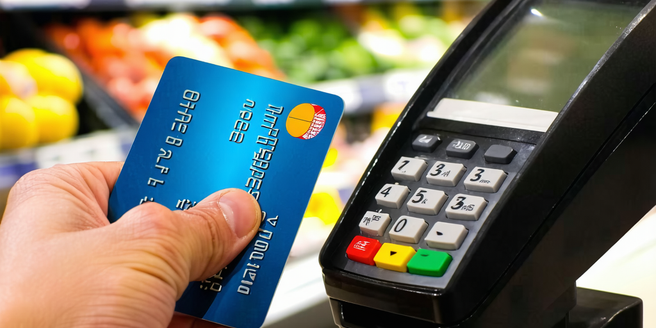
Understanding Contactless Payment Systems
Contactless payment systems have revolutionized how we complete transactions. Utilizing Near Field Communication (NFC) technology, these systems allow consumers to make payments by simply tapping their card or mobile device against a compatible terminal. This technology not only enhances convenience but also speeds up the checkout process significantly. Banks and payment providers have implemented various protective measures, such as encryption and tokenization, to ensure security. The growth of contactless payments has surged, particularly during the COVID-19 pandemic, as they reduce physical contact. However, understanding the underlying mechanism, such as how data is transmitted and the role of secure tokens, can help users feel more confident about their usage. Transparency in usage, alongside ease of use, is key to wider adoption and trust among consumers.
Common Fraud Tactics in Contactless Payments
Despite the security assurances provided, fraudsters are constantly innovating new tactics to exploit contactless payments. One common fraudulent method includes signal boosting, whereby a fraudster amplifies the NFC signal to capture payment information from unsuspecting cardholders nearby. Another tactic is the use of ghost terminals, which are illegitimate devices that pretend to be genuine payment terminals to intercept data. Additionally, skimming devices can be attached to legitimate terminals to collect card information without the user’s knowledge. Educating consumers about recognizing suspicious activities and promoting best practices, like limiting tap limits and regularly monitoring transactions, are critical steps in preventing fraud. Understanding how these tactics work is essential in mitigating risks and strengthening both consumer and merchant defenses against potential attacks.
How Contactless Payment Security Works
Contactless payment security is built on multiple layers of technology designed to protect users’ financial information. At the core is NFC technology, which enables encrypted data exchange between the card or mobile device and the payment terminal. Tokenization is another key element, replacing sensitive card details with unique digital tokens that can be used solely for that transaction. This ensures that even if intercepted, the data is useless to attackers. Furthermore, transactions typically have a limit, reducing the potential financial exposure in case of fraud. The combination of dynamic cryptograms, which uniquely identify each transaction, and real-time fraud detection systems employed by banks, further adds to the robustness. Recognizing how these components work together provides a better understanding of the strengths and limitations of contactless payment systems in combatting fraud.
Emerging Technologies to Prevent Fraud
Several emerging technologies are being implemented to enhance the security of contactless payments and prevent fraud. Artificial Intelligence (AI) and Machine Learning (ML) algorithms are increasingly used to analyze transaction patterns, identifying potentially fraudulent activities in real-time. Biometric authentication, such as fingerprint and facial recognition, adds an additional layer of security by verifying the identity of the cardholder prior to completing the transaction. Blockchain technology is being explored for secure and transparent transaction records that are less susceptible to tampering. Additionally, advancements in quantum cryptography promise unprecedented levels of data encryption, making it nearly impossible for hackers to intercept or decode transaction information. Continuous innovation in these fields is crucial in staying ahead of fraudsters and ensuring secure transaction environments for both merchants and consumers.
Consumer Tips for Safe Contactless Transactions
Consumers play an essential role in ensuring their own safety while using contactless payment methods. Regularly monitoring bank statements for any unauthorized transactions is crucial for early fraud detection. It is important to be cautious of where you use your card; ensure the merchant is reputable and the terminal appears tamper-free. Setting up transaction alerts provides immediate notification of any activity, allowing for quicker responses if something is amiss. Keep your contactless cards in protective RFID sleeves to prevent unauthorized scans, and if using a mobile wallet, ensure your device’s security settings are strict with the latest updates installed. Lastly, engaging in security practices like using strong, unique passwords and enabling two-factor authentication for your financial apps helps further safeguard personal information.
Regulatory Measures and Industry Standards
Regulatory bodies and industry standards play a pivotal role in the protection of consumers using contactless payment systems. Governments and finance industries worldwide have established a robust framework to address the associated risks. Financial institutions are often required to adhere to standards like the Payment Card Industry Data Security Standard (PCI DSS) that safeguard consumer transactions. Regulators also enforce strict liability laws to ensure that fraud losses are not unfairly borne by consumers. These frameworks mandate regular audits and compliance checks to ensure ongoing adherence. Recent developments are seeing the introduction of more stringent requirements around digital payment encryptions and fraud detection technologies. As regulations evolve, they aim to address new threats while fostering an environment of trust for consumers engaging in contactless or other digital payment methods.
